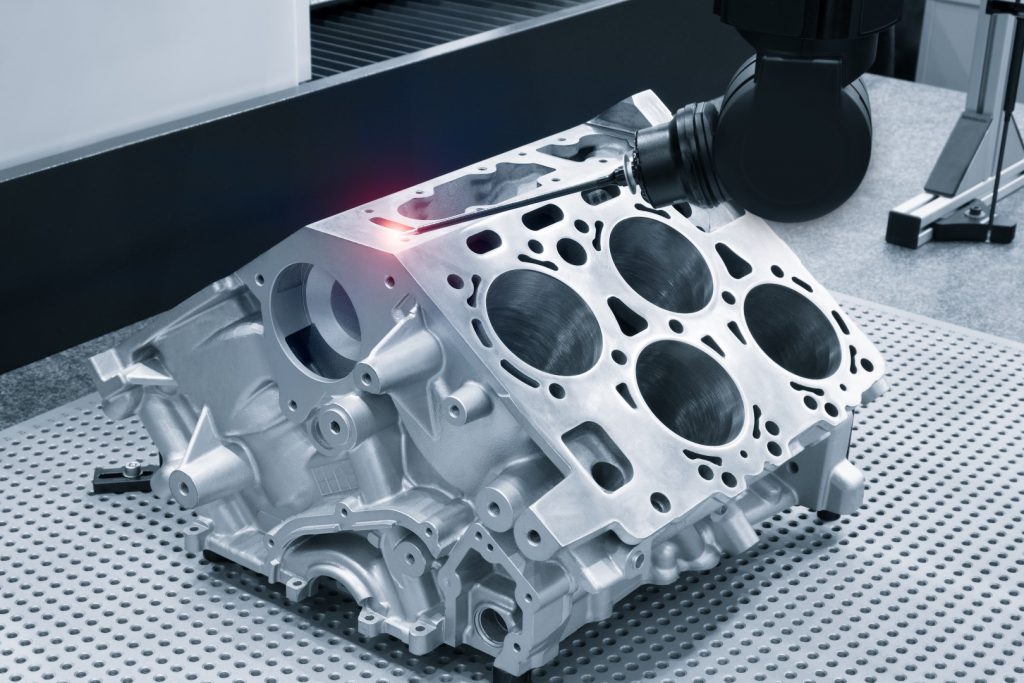Automobiles are an integral part of most people’s lives. You can experience pleasure and relaxation when you drive, especially that you have your own space. Knowledge of basic car operations will allow you to understand better how your car works and what you should do in different situations.
A responsible vehicle owner needs to have at least a general idea of the vehicle’s components. The average car has an estimate of 100 parts. However, you just need to know the essentials. It will be vital to repair and maintain a car as you use it over time. The more you learn and discover about your vehicle, the more you can take care of it and make sure others are repairing it properly.
Here are some indispensable car parts every car owner or driver should know:
- Radiator
Engine overheating can be prevented by cooling the engine down. Heat is transferred to the metal fins as the fan blows over it as the coolant circulates through the radiator.
A radiator is used to keep the engine of a car operating comfortably at its average operating temperature. The coolant in the radiator can affect the freezing or boiling point of water when mixed with it. If your car’s radiator parts have a problem, rely on some auto part castings services.
During cold weather, the radiator may also be used to heat the air in your car cabin by sending hot coolant to the heater core. If you suspect a leak in your radiator, make sure to keep it filled with antifreeze mixed with water to prevent rust and maintain it properly by checking for leaks whenever necessary. Hoses and connections are also areas to check if you suspect a leak.
The last thing you need to do is clean off the fins if the radiator is covered in dirt or particles.
- Transmission
Car transmission can be treated as a switchboard that makes sure engines function neither too slow nor too fast. With the transmission’s help, the engine transfers the energy generated to the wheels so movement is possible. You can then drive using the steering wheel to control your car’s motion.
Nowadays, drivers prefer automatic transmission because it makes shifting gears more convenient. This also lessens the risk of accidents since car speed could easily be calibrated.
- Battery
Cars have batteries that can be recharged. They supply electric energy to the vehicle. These batteries provide adequate power to begin the engine and are then used when increased capacity would be needed.
When you’re not driving your car, the battery supplies electricity to your lights and car hardware, such as your radio. The car’s battery will recharge if the lights and radio are turned off too long. However, the battery will be damaged if it’s completely drained or has dropped below 10.5 volts. It’s prudent to turn off the lights and other car accessories as soon as the vehicle has stopped.
It is important as well to clean the battery terminals once every six months and check the battery twice a year. Also, ensure that your battery supplier gives you the quality you need and the worth you paid for it.
- Axle
An axle is a rod or shaft that’s used to turn the wheels. Transmission enables the turning action of the axle so the wheels can be turned. Sometimes, there are two axles with a differential in the middle, connecting the front and back sets of tires. A solid axle is almost impossible to break.
However, a heavier load will result in a lower turning capacity of the axle. Rust slowly impairs an axle’s performance and causes it to fail. Sometimes, it even causes complete breakdowns. When your axle gets seized, cleaning would be imperative.
- Fuel Injector
The nozzle delivers just the right amount of fuel into the combustion chamber, so the engine can run more efficiently. It promotes fuel efficiency through electronic control.
Over time, fuel injectors have improved the efficiency of gas and diesel engines. Your car might have inferior engine performance due to a clogged injector. If you clean your injector, then it might perform better.
- Shock Absorbers
By minimizing the bumps along the way, shock absorbers make your drive very smooth. It also provides a secured grip when using the brakes. Driving on a rough highway and feeling like you’re on horseback might mean your shock absorbers are damaged or worn.
Shock absorbers become worn out over time. To test if it still works properly, try to have a ‘bounce test’ in your engine, and see if it responds well.
Conclusion
Maintaining your car and buying additional parts may be more critical than you think. Aside from purchasing and upgrading, it’s essential to undergo check-ups regularly from your dealer to ensure a smooth driving experience every time.


